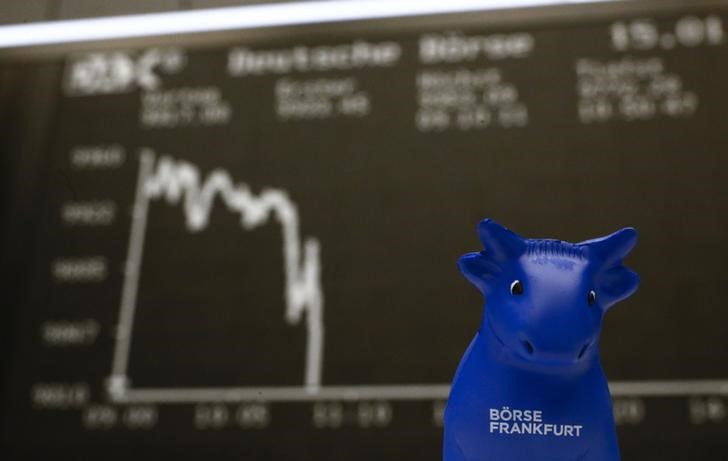Feb 26 2024: Oil prices continued their descent on Monday, extending losses from the previous session as the dollar gained ground amidst perceptions that higher-than-anticipated inflation might postpone cuts to elevated U.S. interest rates, which have been constraining global fuel demand growth.
Brent crude futures dropped by 14 cents, or 0.2%, to $81.48 a barrel by 0656 GMT, while U.S. West Texas Intermediate crude futures (WTI) fell by 22 cents, or 0.3%, to $76.27 a barrel as the U.S. dollar strengthened. A stronger dollar renders oil more costly for holders of other currencies.
This decline builds upon last week’s losses, during which Brent decreased by about 2% and WTI by over 3%, spurred by market expectations of a delay in U.S. interest rate cuts by two months due to an inflation uptick.
“A retreat in risk-on sentiment appears evident after last week’s Nvidia-driven market surge, as expectations of prolonged higher interest rates lifted the U.S. dollar, exerting pressure on commodity prices,” remarked Tina Teng, an independent analyst based in Auckland.
Oil prices have remained within the $70 to $90 per barrel range since November, driven by increased supply in the U.S. and concerns regarding weakened demand in China, despite ongoing OPEC+ supply cuts amidst conflicts in two regions.
ANZ analysts noted, “Crude oil prices declined due to a lack of fresh catalysts… caught between bullish factors such as reduced OPEC output and heightened geopolitical risks, and bearish concerns regarding weakened demand in China.”
Meanwhile, amid ongoing conflict between Israel and Hamas, negotiations for a hostage deal involving the United States, Egypt, Qatar, and Israel have progressed but remain ongoing, according to White House national security adviser Jake Sullivan. Israeli Prime Minister Benjamin Netanyahu expressed uncertainty regarding the deal’s realization.
The geopolitical risk premium from Yemeni Houthis’ ship attacks in the Red Sea remains limited, providing only a $2 per barrel boost to Brent, according to analysts at Goldman Sachs.
However, Goldman Sachs has revised its summer peak price forecast to $87 per barrel, up from $85, citing disruptions in the Red Sea that have led to larger-than-expected draws in OECD member countries’ oil stocks.
While Goldman Sachs expects global oil demand to increase by 1.5 million barrels per day (bpd) in 2024, it has revised China’s forecast downward while raising those for the U.S. and India.
Additionally, investors are monitoring the impact of U.S. sanctions on Moscow’s leading tanker group Sovcomflot, imposed last Friday.
Furthermore, Qatar plans to increase liquefied natural gas production despite recent sharp declines in global prices.
In the U.S., analysts at ANZ anticipate a potential decline in oil stockpiles in the upcoming weeks as refineries resume operations after maintenance, potentially offering support to prices.
According to energy services firm Baker Hughes, U.S. energy firms have added the highest number of oil rigs since November this week, and the most in a month since October 2022.




